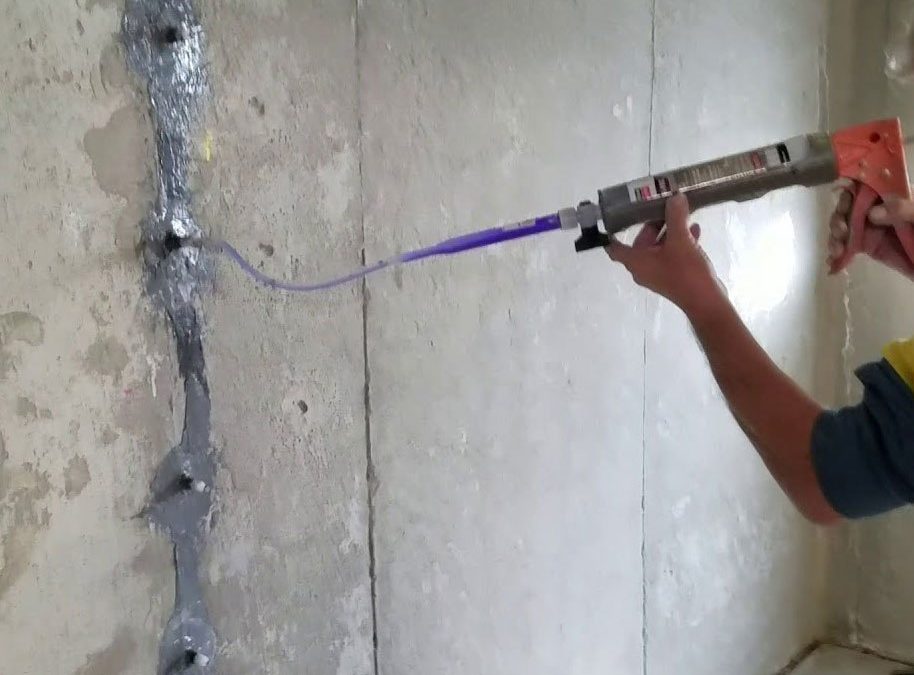Polyurethane (PU) injection is a cost-effective solution for repairing leaks, cracks, and structural issues in concrete surfaces. Whether dealing with basement water seepage, slab lifting, or general waterproofing, proper budgeting ensures an efficient and long-lasting repair. This guide will walk you through the key factors to consider when planning your PU injection project in Malaysia, from assessing the scope of work to estimating costs and managing additional expenses.
1. Assess the Scope of Work
Before budgeting for PU injection, it is essential to determine the extent of the work required. Identify the affected areas, such as basement leaks, slab lifting, or crack repairs. Measuring the damaged area in square meters or linear meters of cracks will help estimate the required materials and labor. Additionally, assess the severity of the issue—small cracks may only need minor repairs, while major structural damage could require more extensive intervention.
2. Choose the Right PU Injection Type
Selecting the correct type of polyurethane injection is crucial for an effective repair. Hydrophobic PU is ideal for sealing leaks and repelling water, preventing future moisture penetration. Hydrophilic PU expands upon contact with water, making it suitable for sealing active leaks where water is still present. Structural PU, on the other hand, is used for reinforcing concrete structures and repairing load-bearing cracks. Understanding these differences ensures you choose the right material for long-term durability.
3. Get Cost Estimates
To get the best value, contact multiple contractors and request quotations. Pricing varies based on the contractor’s experience, the quality of materials used, and the complexity of the job. On average, small crack repairs cost between RM50 – RM150 per linear meter, while larger repairs, such as basement walls, range from RM100 – RM300 per linear meter. For slab lifting to correct sunken floors, expect costs between RM50 – RM150 per square foot. If full waterproofing injection is needed, costs can range from RM2,000 – RM10,000+, depending on the size and scope of the work.
4. Factor in Additional Costs
Beyond the direct repair costs, several additional expenses should be considered. Some contractors charge site inspection fees between RM100–RM300, though this may be waived if you hire them. Material costs also vary, with higher-quality PU resins being more expensive but offering better longevity. Labor costs depend on contractor rates and location. Additionally, post-injection finishing, such as plastering and painting, may be required, adding to the overall budget.
5. Compare Quotes and Negotiate
To get the best deal, compare multiple quotes and evaluate the services offered. Ask contractors about warranty coverage, as some provide guarantees ranging from 3 to 10 years. Checking reviews and past project references can also help determine the reliability of a contractor. While it may be tempting to choose the lowest price, prioritizing quality and long-term durability is essential to avoid future repairs.
6. Plan for Contingencies
Unexpected issues can arise during the repair process, so it is advisable to set aside an additional 10–20% of the total budget. This buffer can cover unforeseen repairs or additional work needed to ensure the PU injection process is successful. Proper planning and budgeting will help achieve a more efficient and long-lasting repair solution.
Conclusion
Budgeting for PU injection requires careful planning to ensure quality results without unexpected costs. By assessing the scope of work, selecting the right PU type, obtaining cost estimates, and factoring in additional expenses, you can make an informed decision. Comparing quotes and setting aside a contingency fund further help prevent overspending while ensuring durability. With the right approach, PU injection can be a long-term investment in maintaining the integrity of your property.

